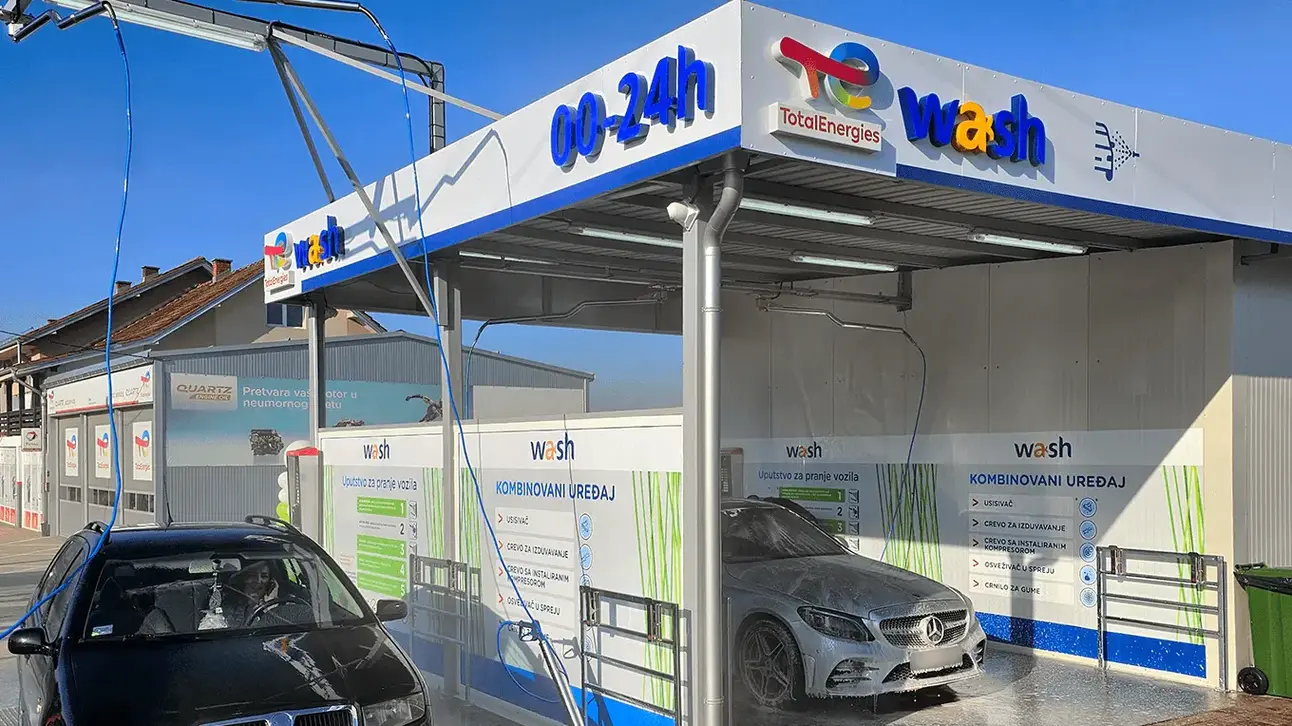TotalEnergies is a global integrated energy company that produces and markets energies
We provide the energy the world needs: ever more affordable, more sustainable, more reliable and accessible to as many people as possible.
Our objective of reducing Scope 1+2 emissions from our operated activities by 2030
employees in around 130 countries
of pioneering spirit
TotalEnergies Marketing Serbia
TotalEnergies is a major multi-energy player on the international scene, dedicated to providing accessible & affordable energy with less emissions. Present in close to 130 countries and strongly grounded on the commitment of more than 100,000 people, from a wide range of origins, professions, and know-how, TotalEnergies is implementing its ambition to be Net Zero by 2050 together with society.
TotalEnergies Marketing Serbia d.o.o. is a representative office of the global company TotalEnergies and has been operating on the Serbian market since 2010. With the central office in Belgrade, the branch is also responsible for export markets: Kosovo, Bosnia and Herzegovina and Montenegro. It is the only authorized importer for TotalEnergies and ELF oils and lubricants in these markets.
The company is known for a wide range of state-of-the-art oils and lubricants intended for cars, engines, trucks, construction vehicles and machines, agricultural machinery, and products intended for professional customers from various branches of industry.
TotalEnergies is recognized for its product quality confirmed through many years of experience and its support to all customers through the company's direct presence. Partnerships with the largest automotive companies are known to the general public. Since 2018, the workshop concept launched in cooperation with partner’s car and truck services under the name TotalEnergies Workshop Concept (TWC) has attracted general public attention.

TotalEnergies & ELF product catalog
In our catalog you will find a wide range of high-quality oils and lubricants intended for all types of vehicles - from passenger and commercial vehicles, through motorcycles, to industrial and agricultural machinery.

TotalEnergies WASH self-service car wash
TotalEnergies WASH was founded in 2012 / Today the WASH concept is present in more than 2,200 locations around the world / Every day more than 17 million users visit the wash centers / WASH is the first choice of consumers for car washing in France / WASH has been named the best car wash brand three times.
Local news
-
22/09 2025
-
22/09 2025
-
21/05 2025






